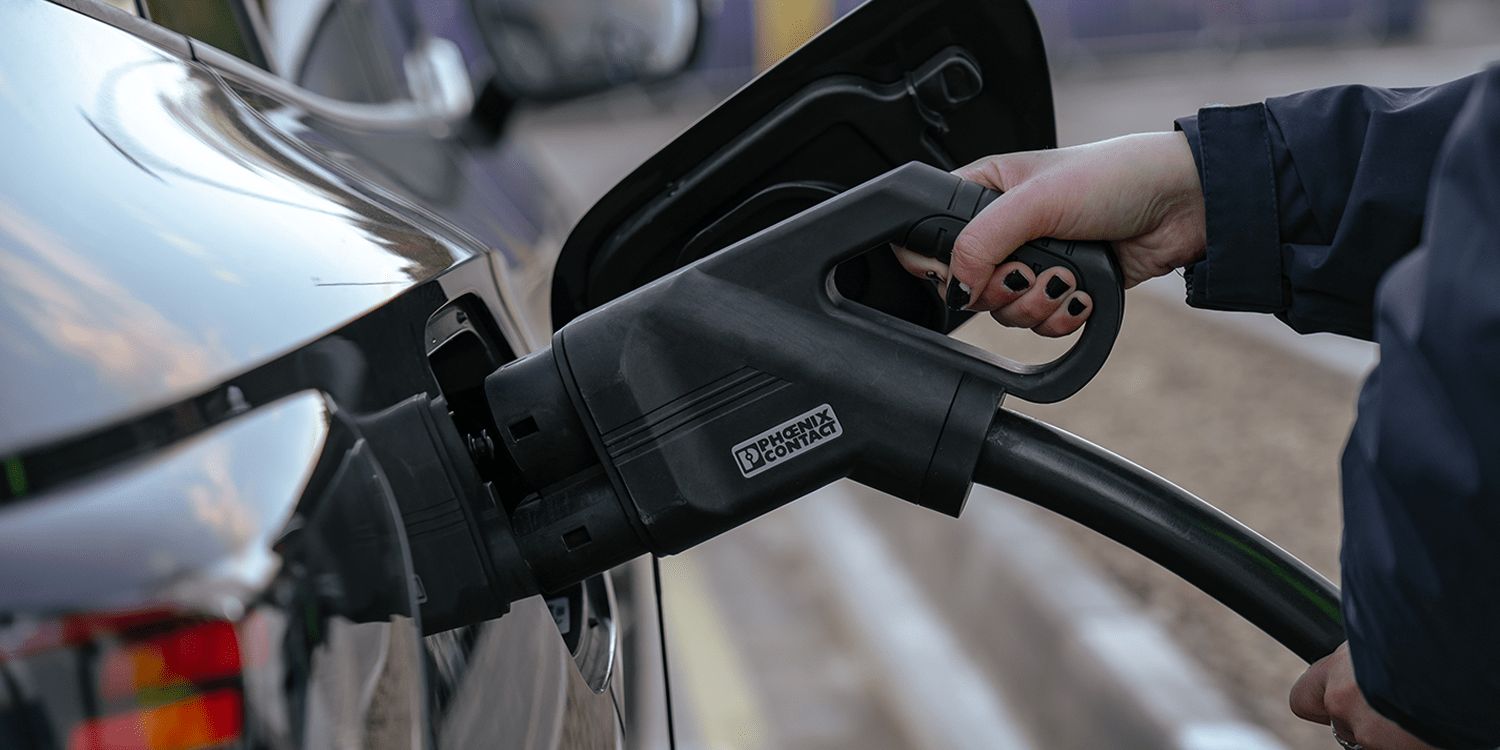Recent developments in the American electric car market have presented a paradox, with some new electric vehicles (EVs) facing slow sales, while others are experiencing high demand. J.D. Power’s latest E-Vision Intelligence Report for November 2023 seeks to unravel the complexities underlying this trend.
One contributing factor identified by the report is the issue of inflated dealer inventories. J.D. Power reveals that seven out of ten potential EV buyers cite concerns that are non-existent in the case of traditional combustion engines, such as the availability of charging stations, charging time, limited driving distance, and performance challenges in extreme temperatures. Pricing also emerges as a significant hurdle, given that most EVs come with a higher price tag compared to their internal combustion engine (ICE) counterparts.
Despite reports of robust sales for certain manufacturers, J.D. Power emphasizes that the overall pace of battery-powered car sales remains relatively slow, positioning the market in the “early adopter” phase. Currently, EVs constitute only 8.2% of total new-vehicle sales in the United States.
The report forecasts an increase in adoption in the coming years, reaching 13% by the end of the next year, 19% by the close of 2025, and 24% by the end of 2026. However, a critical challenge highlighted is the lack of diversity in offerings, particularly in the mainstream compact SUV segment, which holds a substantial 16.5% market share. J.D. Power notes that merely 6% of non-premium compact SUVs sold are EVs, and the pricing gap between electric and combustion SUVs plays a pivotal role.
For mass-market compact SUVs, the average retail price for an EV stands at $52,000, compared to $34,000 for a comparable gas-powered vehicle—a price difference of $18,000. This considerable gap diminishes when examining the premium compact SUV segment, with a price difference of $4,000 between EVs ($58,000 on average) and their ICE counterparts ($54,000 on average). The report suggests that the smaller price discrepancy in this category makes EVs more appealing to customers willing to invest over $50,000 in a new vehicle.
While options for affordable not-quite-premium crossovers under $40,000 are currently limited, the report notes a few available choices, including the Chevrolet Equinox EV and Volvo EX30, with the anticipated arrival of the Fisker Pear in 2025, priced just below $30,000.

